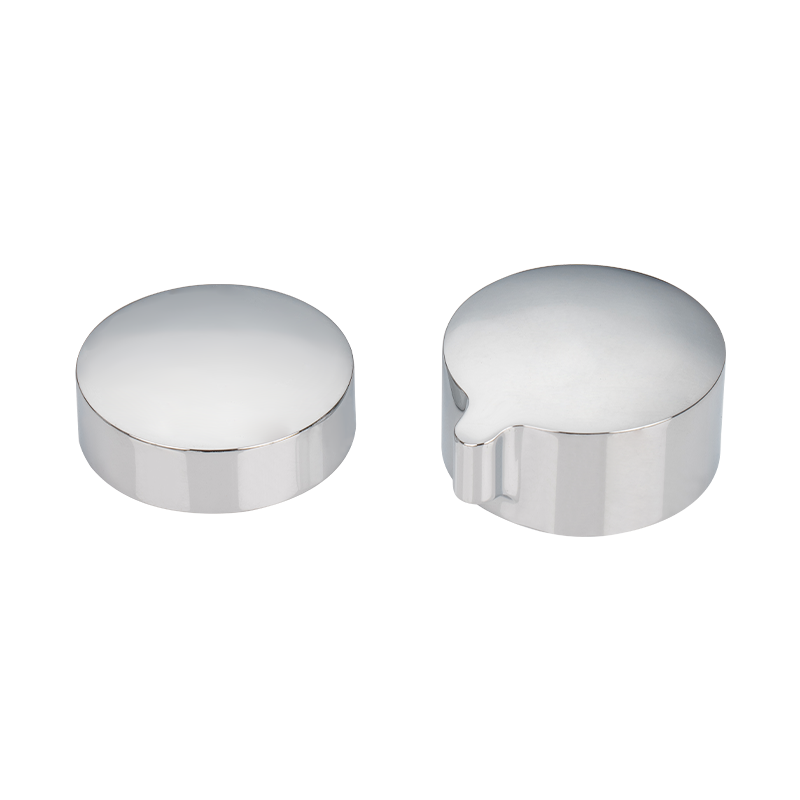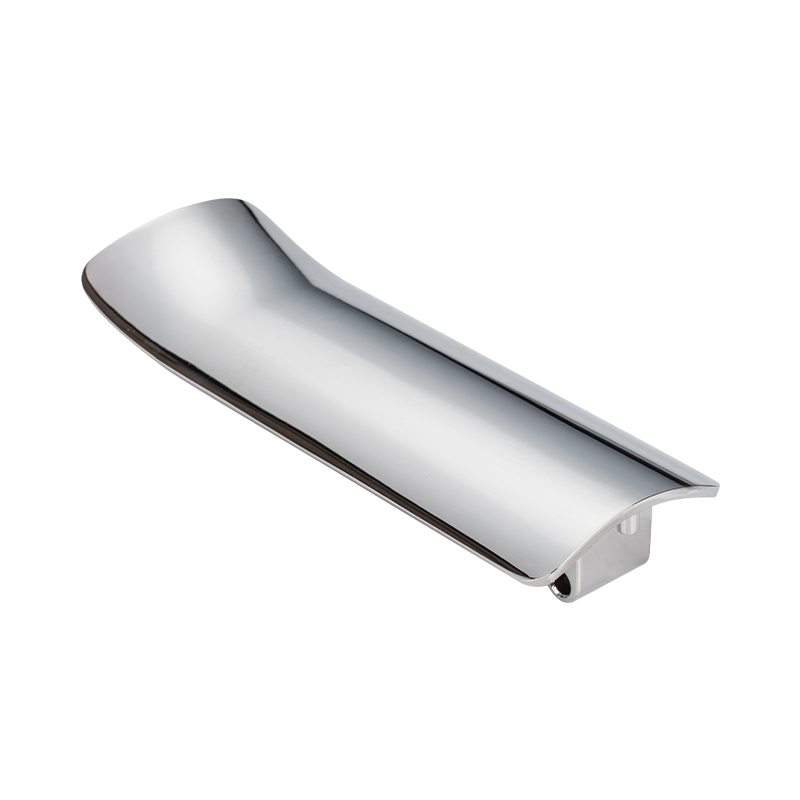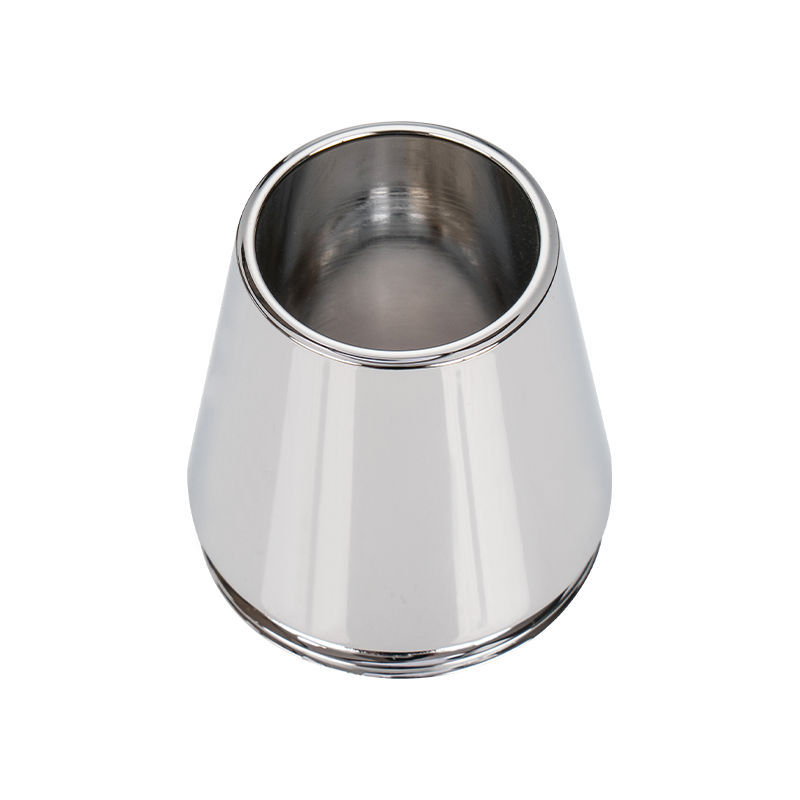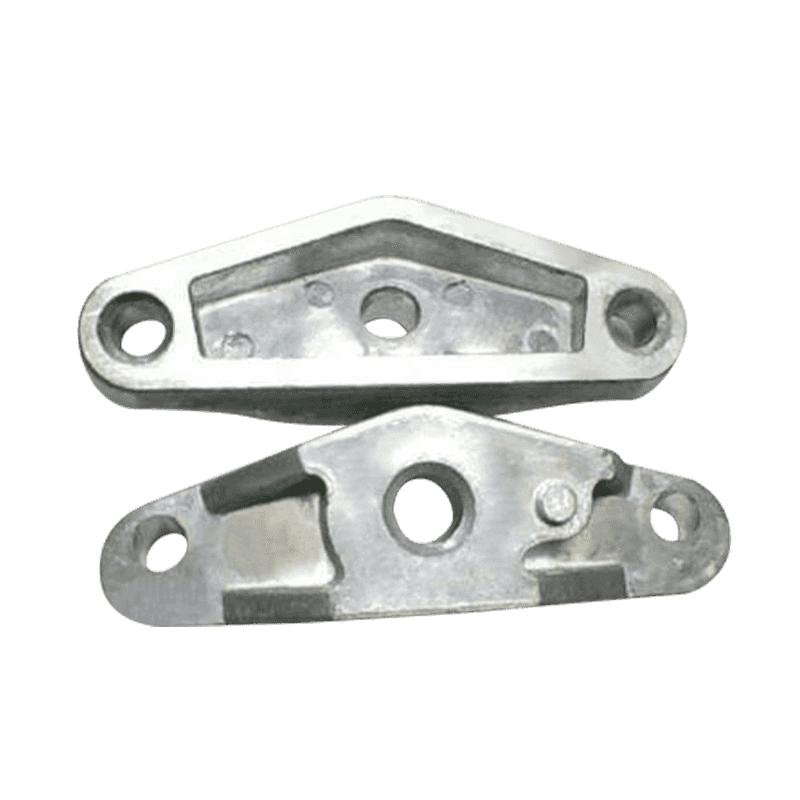How durable are zinc alloy plated bathroom accessories compared to other materials?
26-08-2025Introduction to Zinc Alloy Plated Bathroom Accessories
Zinc alloy plated bathroom accessories are widely used in homes, hotels, and commercial spaces due to their combination of strength, corrosion resistance, and aesthetic appeal. These products include towel bars, soap holders, faucets, shower heads, and other decorative fixtures. Compared to materials like plastic, stainless steel, or pure aluminum, zinc alloy provides a balance between structural integrity and cost-effectiveness. The plating process further enhances the resistance to wear, scratches, and environmental factors, making it a viable option for long-term use.
Mechanical Strength of Zinc Alloy Plating
The mechanical strength of zinc alloy is influenced by its composition and manufacturing process. Zinc alloys typically include small amounts of aluminum, copper, and magnesium, which improve hardness and tensile strength. Plating, usually with chrome, nickel, or other metallic finishes, adds a protective layer that resists surface scratches and minor impacts. When compared to plastic bathroom accessories, zinc alloy plated items can bear greater weight and resist deformation under pressure. Against stainless steel, zinc alloy may be slightly less strong in high-stress applications but compensates through better flexibility and ease of manufacturing complex shapes.
Comparative Mechanical Strength
| Material | Tensile Strength (MPa) | Scratch Resistance | Weight Support Capacity |
|---|---|---|---|
| Zinc Alloy Plated | 200–350 | High | Moderate–High |
| Plastic | 50–80 | Low | Low |
| Stainless Steel | 400–600 | Very High | High |
| Aluminum Alloy | 150–300 | Moderate | Moderate |
Corrosion and Rust Resistance
One of the primary advantages of zinc alloy plating is its corrosion resistance. The plating layer acts as a barrier against moisture, chemicals, and air, preventing oxidation that can lead to rust. This is particularly important in bathroom environments, where humidity and exposure to water are constant. While stainless steel also resists corrosion effectively, zinc alloy plated accessories provide a similar level of protection at a lower cost. In contrast, untreated metals like iron or plain steel quickly develop rust, reducing their durability in wet conditions.
Wear and Tear Performance
Daily use exposes bathroom accessories to mechanical wear such as friction, tapping, and chemical contact from soaps and cleaning agents. Zinc alloy plated products maintain their surface finish over time due to the hardness of the plating, reducing the likelihood of scratches or chipping. Over years of use, the plating layer can provide consistent appearance and functionality, making it superior to painted metals or plastic, which may fade or crack more easily.
Wear and Tear Comparison
| Material | Surface Durability | Color Retention | Resistance to Chipping |
|---|---|---|---|
| Zinc Alloy Plated | High | High | Moderate–High |
| Plastic | Moderate | Moderate | Low |
| Stainless Steel | Very High | High | Very High |
| Aluminum Alloy | Moderate | Moderate | Moderate |
Maintenance Requirements
Zinc alloy plated bathroom accessories generally require minimal maintenance. Regular wiping with a soft cloth and mild cleaning agents is sufficient to retain their appearance. Unlike raw metals that require rust inhibitors or polishing, plated surfaces protect the underlying metal from direct exposure. Plastic products may require careful handling to avoid scratches, while stainless steel, although durable, can show water stains if not wiped frequently. Thus, zinc alloy plated accessories offer a combination of durability and low maintenance.
Environmental and Chemical Resistance
Bathrooms often expose fixtures to humidity, temperature fluctuations, and cleaning chemicals. Zinc alloy plating provides chemical stability against common agents like detergents, hand soaps, and mild acids. This makes them suitable for both residential and commercial applications. Plastic, on the other hand, may degrade or discolor with prolonged exposure to harsh cleaning solutions, and untreated metals may corrode more quickly under chemical exposure.
Cost vs. Longevity Balance
When evaluating durability, zinc alloy plated bathroom accessories strike a balance between cost and longevity. While stainless steel is more expensive but offers superior durability, zinc alloy products provide adequate strength, corrosion resistance, and wear performance at a moderate price. Plastic items are cheaper but generally offer lower durability. This cost-benefit consideration makes zinc alloy plating a preferred choice in many markets.
Durability vs Cost
| Material | Durability Rating | Average Cost | Recommended Applications |
|---|---|---|---|
| Zinc Alloy Plated | High | Moderate | Residential & commercial use |
| Plastic | Low–Moderate | Low | Light-duty or temporary use |
| Stainless Steel | Very High | High | Heavy-duty and luxury settings |
| Aluminum Alloy | Moderate | Moderate | Medium-duty use |
Are You Interested In Our Products
Leave your name and email address to get our prices and details immediately.

 English
English 中文简体
中文简体 Deutsch
Deutsch русский
русский















